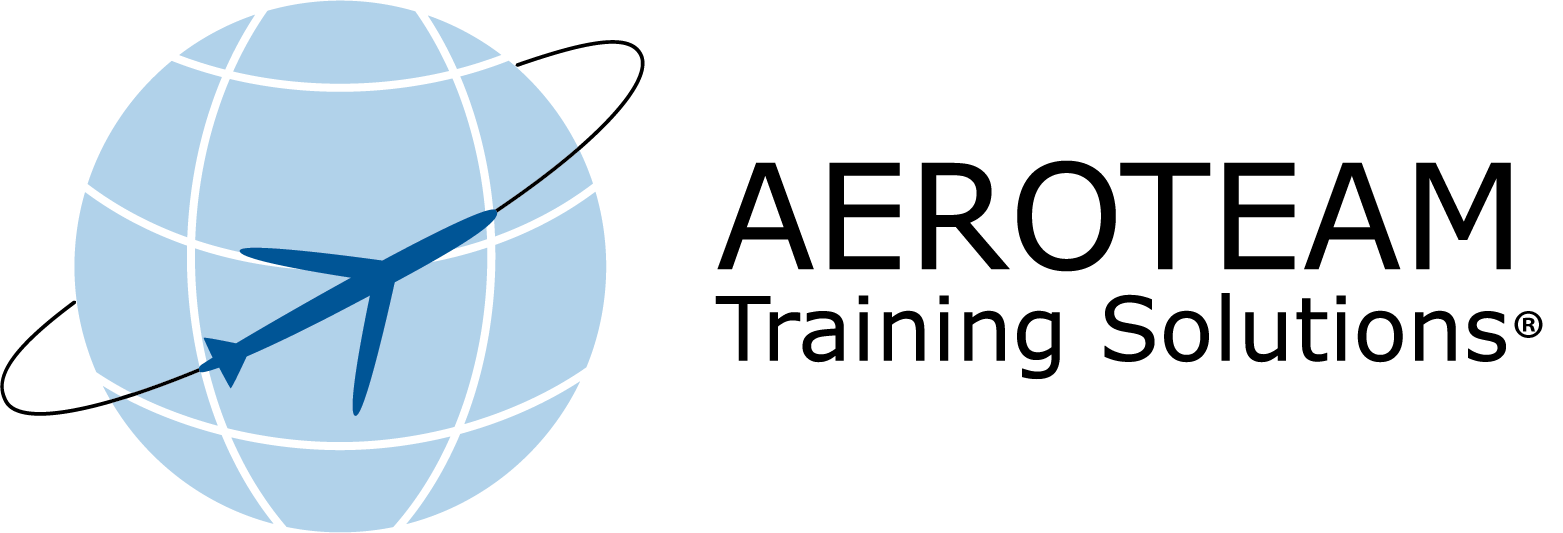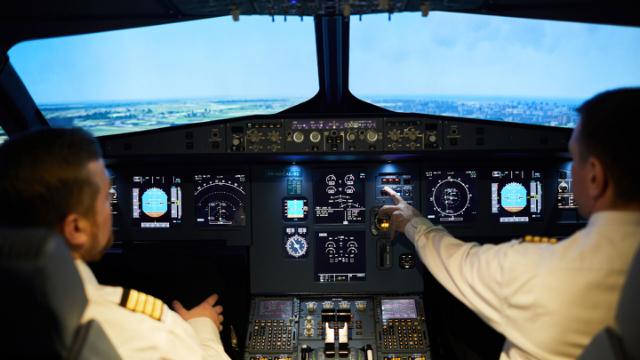
The Rise and Impact of Competency-Based Training and Assessment
In aviation, competency-focused training has been a topic for decades. But it was not until the 2000s that Competency-Based Training and Assessment, abbreviated CBTA, really gained traction, became formalised, and was written into recommendations from ICAO. But why is competency-based training so important?
We assess competencies because ‘competence’ is crucial to ensure that pilots, cabin crew, and maintenance staff are able to perform their jobs. Safely, proficiently, and effectively.
When we are ‘competent’, we are less likely to make errors, and we are more equipped to perform in critical situations.
In this article, we examine the rise of CBTA and its increasing impact on training.
Competence Reduces Accidents
For many decades, the aviation industry has studied the critical role that human factors play in aircraft accidents. Essentially, the industry focuses on making aircraft more reliable and automated all the while working towards reducing the occurrence of human error in the operational environment.
In that respect, CBTA has had a profound impact on Human Factors and Crew Resource Management training which must prepare aviation professionals to manage and meet their roles.
Being ‘competent’ means that you are able to handle complex situations effectively, make critical decisions, and perform critical tasks to the required standard or practice. All these actions reduce the risk of human error – and accidents.
Read more: The Human Factor: When Humans Make Mistakes…
The Present Learns from the Past
Traditionally, airlines have trained their staff to meet regulatory requirements and standards. This training mindset has not always generated the most competent workforce. Rigid checklists and one-size-fits-all rules may ensure compliance but not necessarily competence.

With CBTA, the mindset has shifted from training being a mere tick-in-the-box to a willingness to conduct and assess training in a way that makes people competent. However, technical competence is one thing. With CBTA, we are able to enhance social, cognitive, and behavioural competence.
EASA, ICAO, and the FAA already place heavy emphasis on CBTA. This means that airlines, MRO’s, and ATO’s can draw great inspiration from the initiatives and regulations from these authorities to shape their own CBTA or KSA programmes.
Read more: CBTA: Benefits and Barriers for the Aviation Industry
Four Key Benefits of CBTA
CBTA focuses on developing the necessary knowledge, skills, and competencies to perform the job. Safely and efficiently. In other words, CBTA ensures a targeted approach where training is relevant and relates to the specific tasks and challenges that pilots, cabin crew, and maintenance staff face in the operational environment.

In fact, CBTA enables organisations within aviation to:
- Improve safety and performance
- Personalise the training experience
- Align with regulatory requirements and standards
- Inspire continuous learning and assessment
Essentially, training programmes that incorporate CBTA can more easily identify and address performance gaps early in the process. At the same time, competency-based training and assessment allows for more individualised training and continuous improvement.
The same applies to Evidence-Based Training.
Read more: CBTA and EBT: The Future Training Methodologies of Aviation




